Top 10 Best IPOs to look out for in 2022
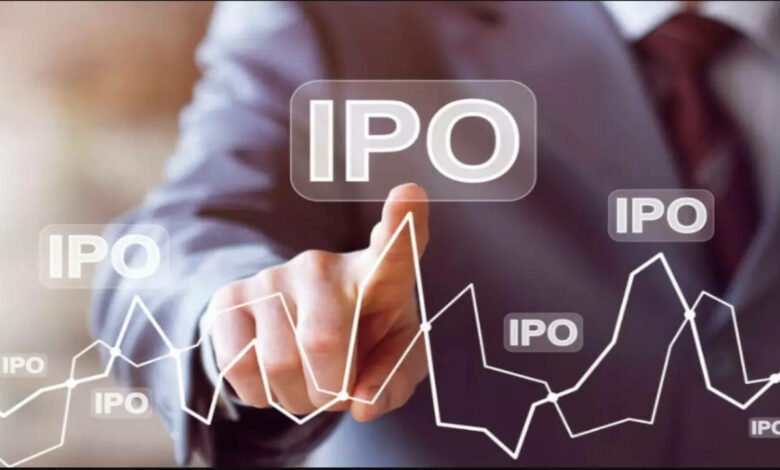
Top 10 IPOs to look out for in 2022
The number of Initial Public Offerings (IPOs) increased dramatically in 2021. Experts predict that increased uncertainty will persist for entities seeking to list on Exchanges this year, but that this will not necessarily reduce the fast pace at which companies are coming public—for better or worse.
According to EY’s annual global IPO report, there were 2,388 transactions last year, up 64% from 2020, raising more than $453 billion in Assets. There were 416 listings in the United States alone.
The prospect of a firm going public is enticing. You may make it big with the next Amazon (AMZN) or Tesla (TSLA) if you buy the proper stock at the time it launches and hang on to the shares .
According to Pitchbook Venture Analyst Cameron Stanfill, a “unicorn phenomenon” that has ushered in large funding rounds for companies over the past decade is “finally blowing up” and showing itself in a record surge of IPO activity. He believes the trend of buzzy billion-dollar companies nabbing sky-high public market values will continue in 2022, thanks in part to the trillions of dollars spent on startups over the last decade.
According to Ernst & Young, a total of 2,388 companies raised $453 billion by going public in 2021, the largest annual transaction volume ever. Deal volume in the United States set new highs, with almost 1,100 entities going public and raising about $260 billion. Coinbase, an online cryptocurrency Exchange, and Rivian, a Tesla competitor, were included in the companies that captivated investors and fueled a record-breaking surge of Initial Public Offerings and direct listings.
TPG, a Private Equity company, Instacart, a food delivery business, and Reddit, a meme-Stock supplier, are among the companies aiming to go public in 2022. Stanfill believes that the number of agreements will most probably reach a new high in 2022, but he is sceptical about the growth in deal value.
“That’s difficult to forecast,” he says, noting the uncertainties surrounding “outlier-style” megadeals like Coinbase and Roblox, which opted for a direct listing in March after delaying a trading debut in 2020 due to fears of exuberant post-IPO price surges. Stripe, the country’s most valuable startup, valued at almost $100 billion, might help set a new IPO record if it ultimately goes public.
These ten prospective Initial Public Offerings (IPOs) might potentially provide similarly high amounts of gain. However, there is one major caveat: There are innumerable new public entities for every Apple (AAPL) that end up losing a lot of money for their stockholders. Over 60% of newly public entities had negative returns after five years between 1975 and 2011.
If you decide to invest in IPOs, make sure you only put a tiny portion of your portfolio into them. This rule applies to any stock you want to buy: Experts advise against investing large amounts of money in a single company, regardless of whether it’s a hot IPO or has been listed on the New York Stock Exchange (NYSE) for a century.

Diversifying your money across several entities, whether through exchange-traded funds (ETFs) or index funds, allows you to increase your money without placing all of your eggs in one basket.
These entities may be the most talked-about new Initial Public offerings in the coming months, thanks to their unicorn values and attention-getting names. They provide a diverse range of services, and many are well-positioned to succeed in the post-Covid era.
*Please keep in mind that valuations are estimations based on past rounds of Venture Capital financing or corporate predictions. When the entities go public, they will almost definitely alter.
- Stripe IPO
Valuation: $95 billion
IPO ETA: Mid 2022
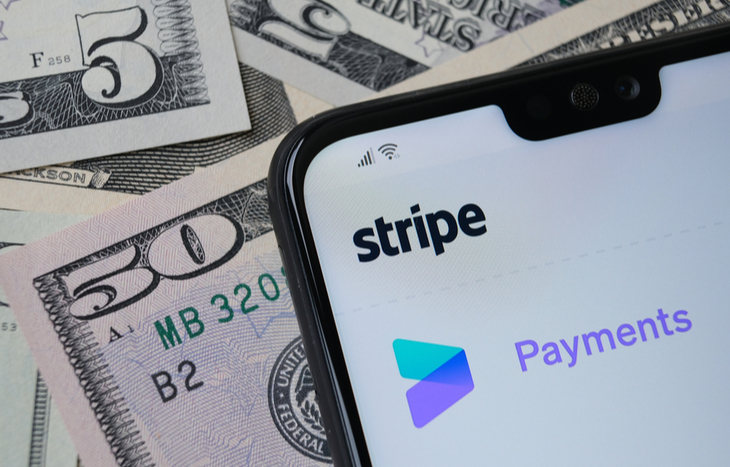
Stripe, a payment processing behemoth located in San Francisco, has had a pretty decent run. In early 2021, the company secured $600 million in its most recent round of investment, valuing it at a staggering $95 billion. Stripe might become one of the most valuable IPOs in history, due in part to the surge in e-commerce demand that began during the epidemic and hasn’t slowed since.
- KLARNA IPO
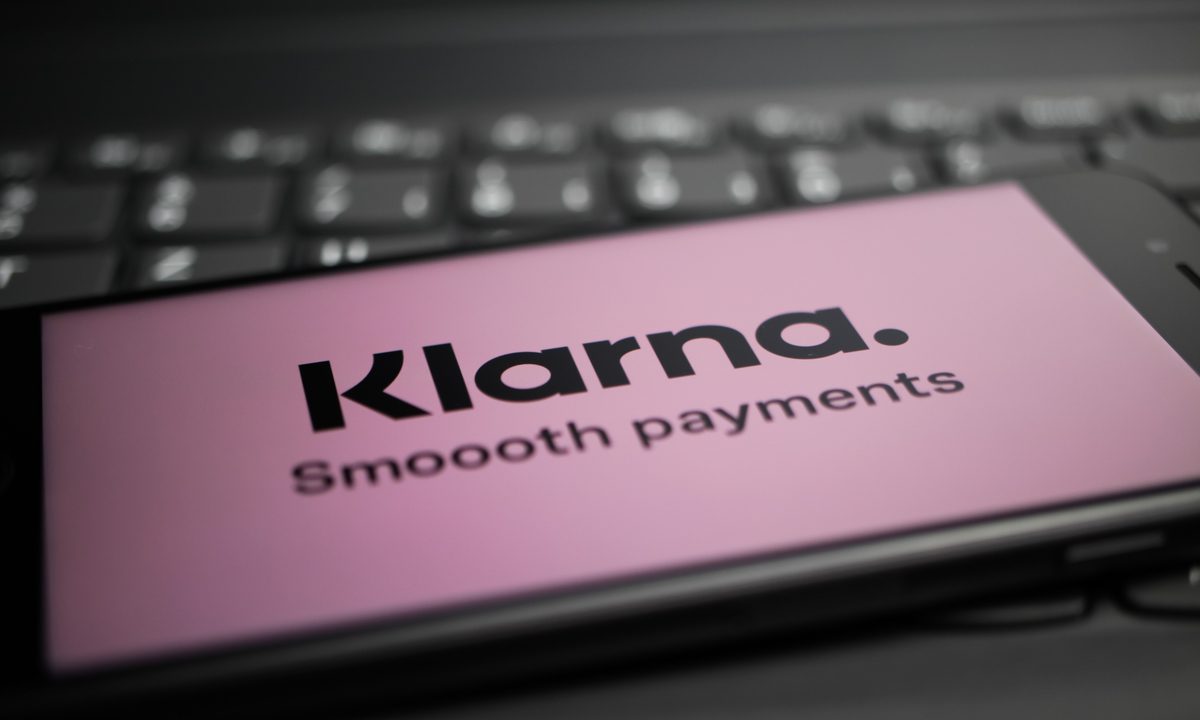
Valuation: $46 billion
IPO ETA: Mid 2022
Klarna, the market leader in the Swedish buy-now-pay-later industry, has raised $640 million, valuing the company at close to $50 billion. Consumers’ inclination to finance large and modest purchases with a steady monthly payment over time, a preference that extends back over a century, has benefited Klarna greatly. In 2020, when customers all across the world we’re stuck at home and ready to purchase online, Klarna saw record income. As Covid fades from the front pages, the challenge will be to maintain that momentum.
- Chime IPO
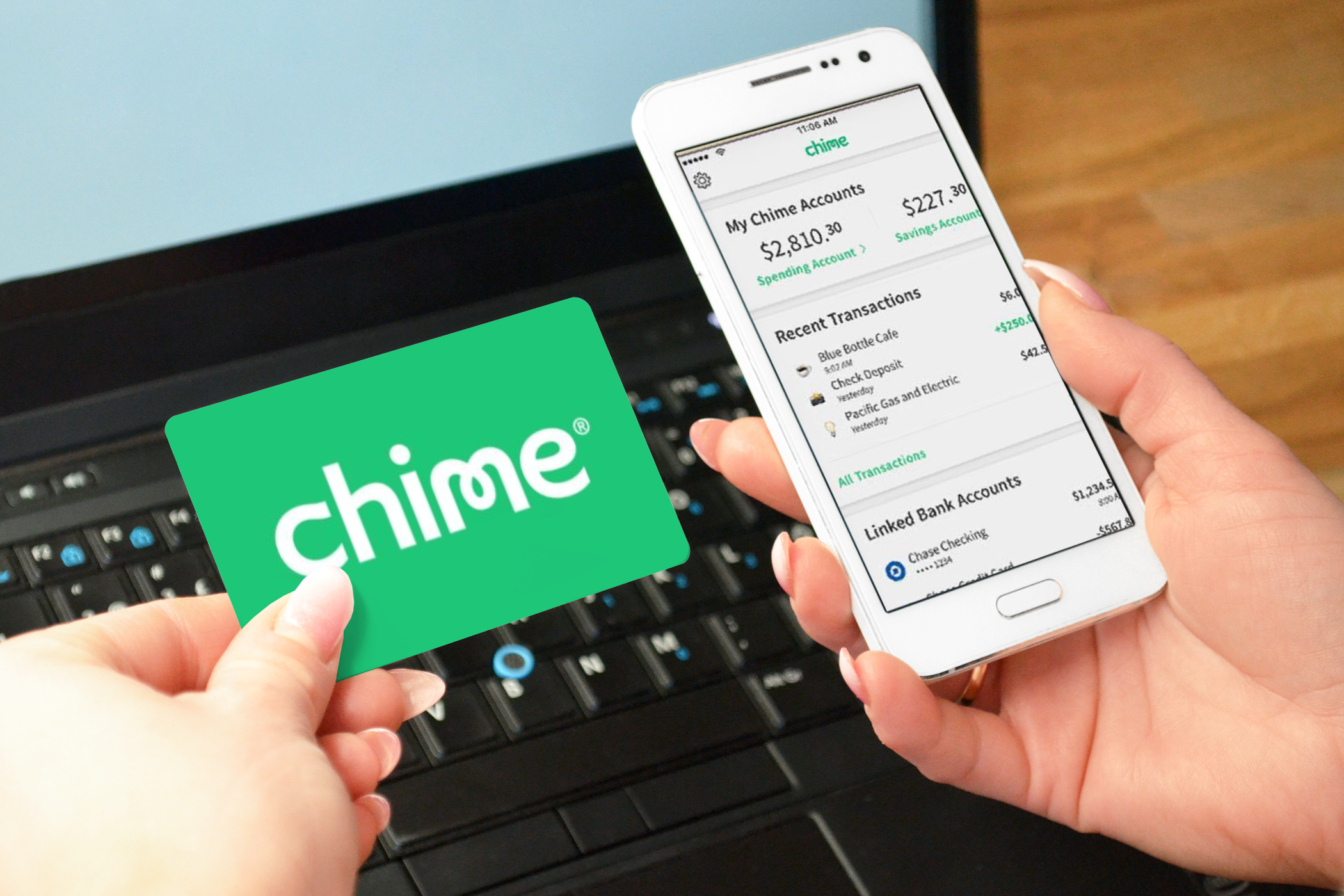
Valuation: $40 billion
IPO ETA: Early 2022
During Covid, the expansion of e-commerce was not restricted to traditional retail shops. Online bank Chime has allegedly engaged Goldman Sachs to oversee its IPO, which may value the business much above the $25 billion estimate that surfaced during its latest financing round in August 2021. Chime is reportedly seeking for a valuation of roughly $40 billion, according to reports. However, banking is a competitive business with a lot of established competitors, especially in the post-Great Recession low-rate climate.
- InstaCart IPO
Valuation: $39 billion
IPO ETA: Mid 2021
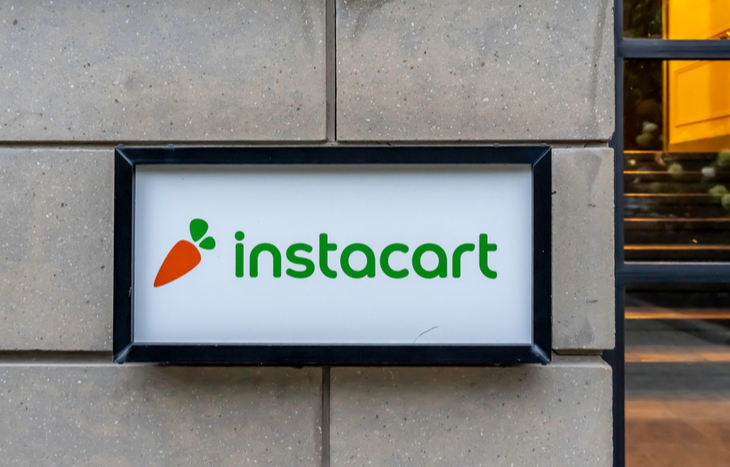
Grocery delivery service over the internet InstaCart had been regarded like one of the hottest possible IPOs for 2021, but the firm said late in the year that it was delaying its Offering in order to focus on extending the business. The firm was valued at roughly $39 billion in its most recent investment round in early 2021, however estimates at the time said it may be worth up to $50 billion. As demand for delivery goods soared, InstaCart profited from Americans remaining at home longer than they desired during the epidemic.
- Databricks IPO

Valuation: $38 billion
IPO ETA: Mid 2022
Big data has become a major focus for businesses across the board. Databricks has established itself being a top provider of solutions for database administration, AI implementation, and even amazing data visualization. The company claims to have over 5,000 clients in 19 countries and claims to be on track to generate $1 billion or more in revenue in 2022, up more than 75% year over year.
- Discord IPO
 Valuation: $17 billion
Valuation: $17 billion
IPO ETA: Mid 2022
Start-up of an online chat room Discord had been in discussions with Microsoft for a $10 billion acquisition, but the transaction was eventually shelved. The entity secured an additional $600 million in capital in September 2021, valuing it at $17 billion. Discord hasn’t revealed any intentions to go public, despite the fact that the company has lots of cash thanks to its most recent investment round.
Gaming has never been more popular than it is now, thanks to the app’s rapid communication capabilities. It presently has 140 million monthly users, generating $130 million in income for the firm in 2020.
- Reddit IPO
Valuation: $15 billion
IPO ETA: Early 2022

Reddit is apparently considering an IPO in the spring of 2022, with a valuation of up to $15 billion. After obtaining more than $400 million in capital from Fidelity and others in August, the business was valued at $10 billion. With tens of thousands of subgroups dedicated to an unlimited number of hobbies, maybe no corporation more epitomized the excitement of the 2021 stock rise than Facebook.
- Plaid IPO

Valuation: $13 billion
IPO ETA: Mid 2022
Plaid is the emblem that appears when you try to link your bank account to a budgeting app or a savings account. This omnipresent yet virtually unnoticed product has the potential to be tremendously profitable: According to sources, revenue increased by 60% to $170 million. Plaid stockholders want to benefit as Americans’ financial life become more digitised.
- Impossible Foods IPO
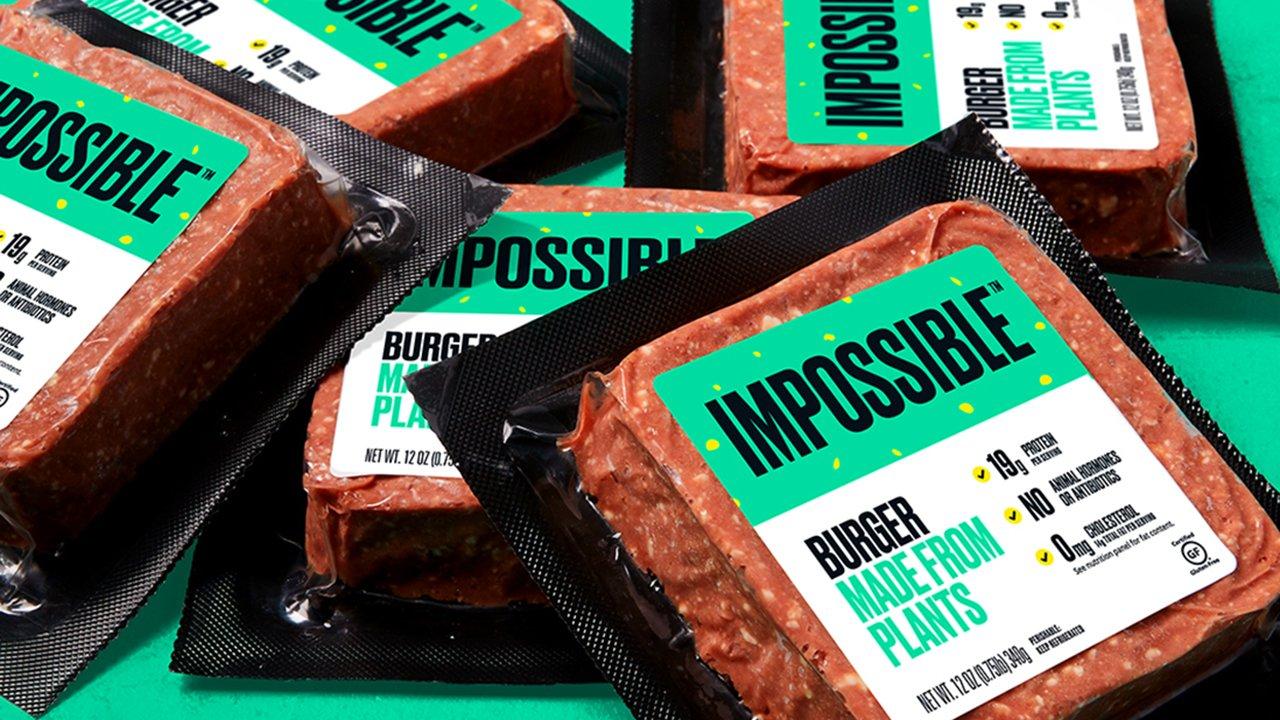
Valuation: $10 billion
IPO ETA: Mid 2022
Impossible Foods is becoming more ubiquitous in stores and on restaurant menus across the United States. Customers at Burger King may get the Impossible Whopper, while White Castle fans can select the Impossible Slider. The business believes that their plant-based burgers would persuade skeptics and cut animal production, so averting climate disaster. Increased popularity and growth, on the other hand, may satiate potential investors.
- Better.com IPO
Valuation: $7.7 billion
IPO ETA: Mid 2022

According to recent reports, Better.com is riding the recent housing bubble into public markets through a special purpose acquisition company (SPAC) transaction that values the firm at over $8 billion. Over the last several years, facilitating mortgage loans, particularly those that employ technology to replace conventional mortgage brokers, has shown to be profitable. However, the trend may soon turn, since recent housing price increases have dampened the desire for home purchases.
How Recent IPOs Have Performed
After the glitz and glam of going public fades, newly public entities get down to business, churning out revenues and producing new goods. While it’s still early in the game, here’s a short rundown of how previous high-profile IPOs fared.
Keep in mind that four of the ten entities covered here have been flat or down since their launch, demonstrating how volatile these new IPO companies may be. This is merely to say that investing in recent IPOs may be a risky business, which is why most experts advocate investing in a well-diversified portfolio. This helps your money expand in the long run, regardless of individual company wins or losses.

*Note: All stock prices are for the period ending October 19, 2021, and are compared to the Initial Public Offering (IPO) price, or its equivalent.
Rivian Automotive IPO
Ticker: RIVN
IPO Date: Nov. 10, 2021
Return since IPO: -60%
Rivian, an Amazon-backed electric pickup truck firm, went public in late 2021 to great fanfare, but it’s been a bumpy ride since then due to the challenging market situation. Rivian is still valued at roughly $50 billion. It’s easy to understand why: Americans adore pickup trucks, and Rivian’s R1T is stylish. This type, which costs $70,000, is advertised like being capable of travelling anyplace.
Warby Parker IPO
Ticker: WRBY
IPO Date: Sept. 30, 2021
Return since IPO: -46%
Warby Parker, a trendy B-corp that makes fashionable eyeglasses, went public in the hopes that an ageing, screen-addicted population will have an insatiable appetite for specs that are both convenient to purchase and easy on the eyes will have an insatiable appetite for specs that are both convenient to purchase and easy on the eyes. Despite this, Warby has never been profitable, and it intends to use some of the proceeds from its IPO to develop its retail network. If Warby Parker’s investors anticipate a successful future in the years ahead, only time will tell.
Robinhood IPO
Ticker: HOOD
IPO Date: July 29, 2021
Return Since IPO: -67%
Perhaps no firm, apart from Reddit, has done a better job of telling the tale of the strange Covid-era economy than Robinhood. After meme-stock GameStop captured the country for its 15 minutes of fame, the trading software that helped promote gamified investment ran into difficulty and Congressional attention. Robinhood’s initial week of trading was filled with huge swings, and the stock hasn’t gone to the moon since then.
SoFi IPO
Ticker: SOFI
IPO Date: June 1, 2021
Return Since IPO: +2%
Over the course of 2021, the San Francisco-based fintech lender SoFi witnessed three major jumps upward, but has now drifted right back down to where it started. SoFi is most known for student debt refinancing, but they also provide personal loans, credit cards, mortgages, banking, and financial planning—check out SoFi Automated Investing, their Robo-advisor platform.
Coinbase IPO
Ticker: COIN
IPO Date: April 14, 2021
Return Since IPO: -47%
The success of the popular cryptocurrency exchange Coinbase’s stock has been significantly associated with the overall performance of the cryptocurrency market. While the company’s stock has underperformed, its business has continued to grow, with monthly users increasing to 11.4 million in the most recent quarter from 7.4 million in the fourth quarter of 2021. The company’s increasing exchange operation, along with the $1 billion in crypto on its bank sheet, has made it a desirable component for a variety of funds, including Bitcoin and blockchain ETFs.
Roblox IPO
Ticker: RBLX
IPO Date: March 10, 2021
Return Since IPO: -35%
Users flocked to the San Mateo, California-based gaming behemoth’s namesake video game platform during the Covid-19 epidemic. The corporation’s performance as a public company, on the other hand, has been disappointing. Investors are concerned about a slowdown in DAU growth in the company’s key North American market, which decreased 1% year over year in the past quarter, concluding four consecutive quarters of sequential reductions. However, overall DAUs are still at record highs, thanks to strong development in the company’s Asia and Pacific area.
Bumble IPO
Ticker: BMBL
IPO Date: Feb. 11, 2021
Return Since IPO: -74%
Bumble, an Austin-based dating app, has been publicly traded for a year, but investors have yet to fall in love with the stock. Even as revenue and margins continue to grow well in 2021, shares continue to hit all-time lows as profitability remains a long way off. Furthermore, the competitive dating app market’s uncertainty isn’t helping matters—even as similar growth stocks are crushed by the threat of future Fed rate rises.
Affirm IPO
Ticker: AFRM
IPO Date: Jan. 13, 2021
Return Since IPO: -66%
Affirm, the leader in buy-now-pay-later, is a cautionary storey for potential Klarna investors. The company had a good start in the first three quarters of 2021 before realising that it was a small fish in a huge pond of consumer loan issuers. Even though profitability is still a long way off, revenue growth continues to be strong.
However, while the business increased revenues by over 80% in the most recent quarter, it did it with a 267 percent increase in marketing spend and a 320 percent increase in reserves put up for probable credit losses. Investors are selling now to avoid paying more later.
What about performance?
“IPOs may be appealing like a lottery ticket,” says Lindsey Bell, Chief Markets Strategist at Ally Invest. “However, it’s tough to predict which will be booms or flops.” Despite the “fear and excitement” surrounding many public offerings, Bell warns that new stocks are more risky than those with a longer track record. Coinbase, for example, had a 75 percent increase on its first day of trading in April, just after the first quarter’s extraordinary boom in retail trading. However, retail fervor—and frothy crypto prices—cooled, shares have dropped more than 45 percent and hit fresh record lows.
Despite the surge in companies going public, half of those that debuted on U.S. markets between 2015 and 2019 were trading at or below their IPO pricing a year later, according to Lindsey Bell of Ally Invest.
The Renaissance IPO ETF, which has $700 million in Assets and claims to hold the “biggest, most liquid, freshly listed” U.S. IPOs, soared by 107 percent in 2020 before falling by 9.5 percent in 2021. Compare that to increases of 27% and 23%, respectively, for the S&P 500 and the tech-heavy Nasdaq.
“This isn’t a new pattern,” Bell says of poor post-IPO performance, noting that half of all U.S. businesses that went public between 2015 and 2019 were trading at or below their IPO pricing a year later.
In December, stock market volatility reached an 11-month high after the Federal Reserve announced plans to raise interest rates three times this year and phase out its pandemic-era bond purchases by March in response to decades-high inflation, pulling the S&P down nearly 4% from a record close just days earlier.
Higher interest rates, which harm public company profitability and stock prices, are “on everyone’s mind,” according to Stanfill, who anticipates greater volatility, which might postpone some IPO preparations or perhaps deter others in the short term.
Despite the increasing risks, Stanfill observes that an important number of special-purpose acquisition businesses are still actively looking for mergers and are predicted to generate a substantial IPO tailwind.
Almost 575 SPACs have generated about $155 billion for private entities looking to list on a U.S. exchange, already surpassing the record 606 SPACs that went public last year.
Despite the truth that the Securities and Exchange Commission is threatening to impose stricter disclosure requirements for these time-saving, go-public vehicles, the sheer volume of available funds—and the potential for SPAC sponsor returns—are most probable to keep the IPO market afloat, especially since most companies have no more than two years to strike a deal.
edited and proofread by nikita sharma




